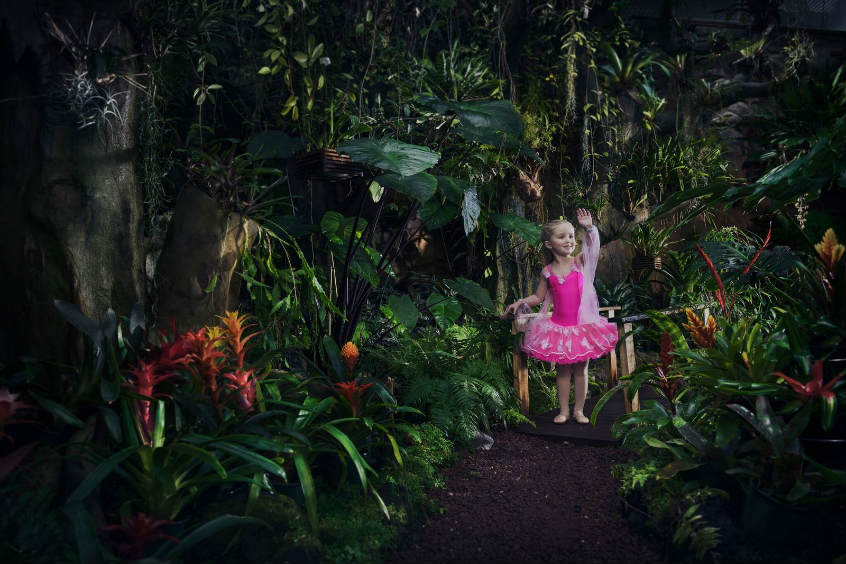
Everything You Need to Know About Tutus
Tutus are the symbol of ballet dancing. And for many young dancers, one of the happiest days in their lives is the day when their dance teacher tells them they get to wear a tutu in an upcoming show. In the dance world, being able to wear this single costume piece feels like getting your black belt. It signals that you’ve mastered all the moves and can finally do e a pirouette with a puffy tutu twirling around you.
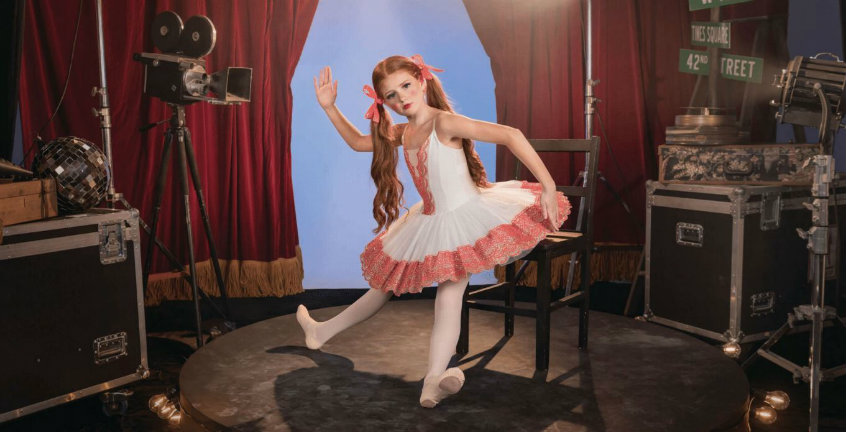
So, if you have a little ballerina that’s excited about getting her first ballet tutu, here’s everything you need to know to answer her questions and choose the cutest and comfiest piece.
What Is a Tutu?
A tutu is essentially a puffy tulle skirt worn by female ballet dancers and some other types of dancers as well. It is available both as a separate piece as well as combined with an attached bodice. Due to its design, a dancewear tutu draws attention to the legs, thus helping to emphasizing the intricate movements.
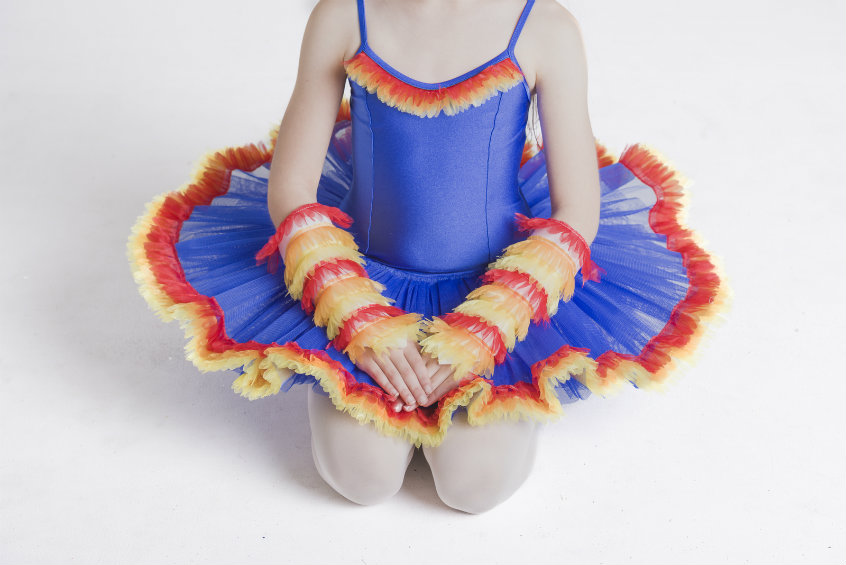
The word tutu has probably originated from the French children’s word for bottom, therefore it’s commonly believed that it was invented to protect the modesty of female ballerinas. According to historical information on the tutu, Marie Taglioni was the first to wear one on stage during the performance of La Sylphide at the Paris Opera in 1832.
What Are the Different Styles of Tutus?
Depending on whether you need a tutu for rehearsal, a simple school performance or your first dance competition, there are different dancewear tutu designs to choose from. Most dancers’ first tutu is rehearsal tutu. This type of tutu has a simple design without a bodice and is mainly used as a placeholder for the real thing. Wearing one during practice helps you get used to the feeling of having something around your waist while you dance. This way, you won’t feel awkward once you put on a tutu for your stage performance.
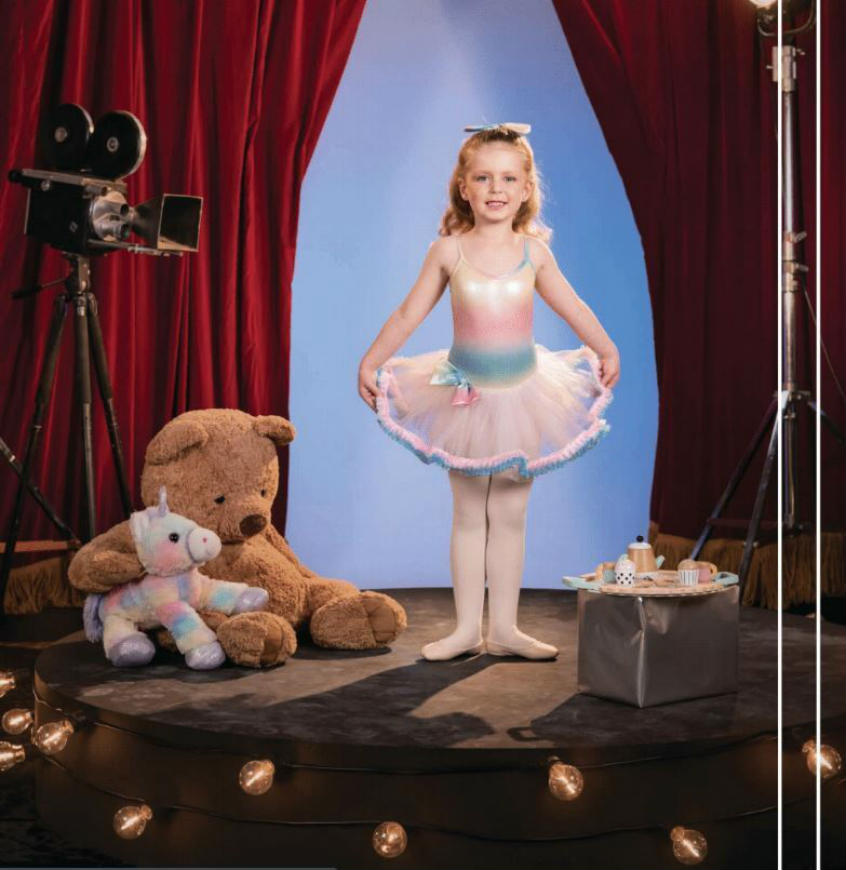
When it comes to performance tutus, there are several styles to choose from: romantic, pancake, bell and powder puff tutus. Romantic tutus have two designs – classical romantic and neo-classical romantic. The tulle on classical romantic tutus falls from the waist down, while the tulle on neo-classical romantic tutus falls from the hips. Both designs are long and fall between the knee and ankle. Their soft, downward falling silhouette adds grace to the dancer’s movements.
Pancake tutus are most commonly used in modern ballet. They are usually the favourites of little ballerinas due to their puffy, flower-like silhouette. It consists of 9 to 12 stiff layers of tulle that create an almost horizontal circle around the waist. This style of dancewear tutu has appeared after the Romantic periods. It became popular partially thanks to iconic dance characters like the Sugar Plum Fairy.
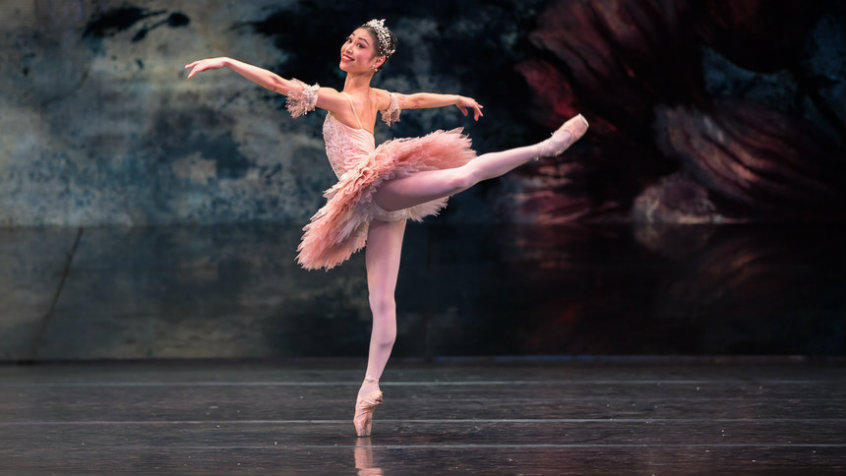
Bell tutus are longer than pancake tutus and fall at the mid-thigh region. They are usually tightly gathered and lack a wired hoop. This gives them a softer and fuller appearance. Bell tutus are the recommended tutu design for young dancers as they are lightweight due to lacking a wire and comfortable for them to move in. Compared to other tutu styles, bell tutus aren’t as popular for adults.
Powder puff tutus are the newest tutu style, created in the 1940s by Barbara Karinska who was the costumer for the New York City Ballet. This tutu was designed for the purposes of Balanchine’s dancers who had trouble dancing in the traditional pancake tutu which would bob and dip when dancers brushed against one another. Karinska solved this problem by creating a tutu where the layers are self-supporting, without any wire hoop. This tutu design is ever since the standard for many ballet crews around the world.
How to Take Care of a Tutu?
Tutus can easily get crushed and lose their shape when being carried. So, it’s recommended to always store them in special tutu bags, especially before a stage performance. To find a suitable tutu bag, be sure to check the size when you’re buying so that it’s wide enough to store your tutu. However, even when it’s in a bag, do not place anything on top of your tutu or fold it too tightly.
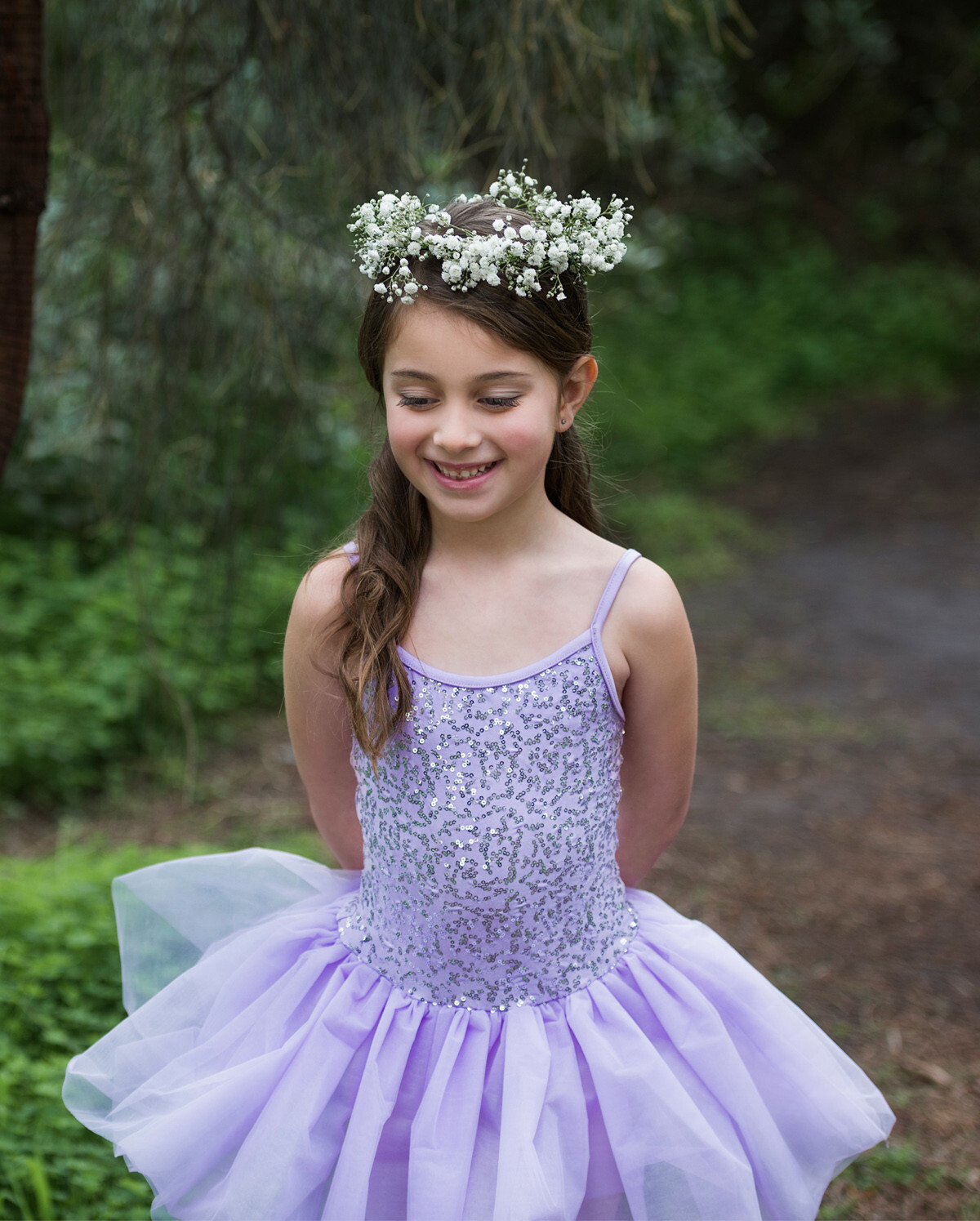
When not being transported, it’s suggested to store your tutu on a hanger in the back of your closet. Ideally, you should use a tutu hanger, but if you can’t find one, use an ordinary hanger – but be careful not to stretch it or tear the tulle. Once hanged, make sure there is some distance between the tutu and the rest of your clothes so they don’t squash the tulle. Because of this, some may find it more practical to store a tutu in a cotton bag under the bed.
To clean the tutu, wash it gently in the bathtub using lukewarm water with only a small amount of detergent. Whatever you do, never put it in the washing machine as it can tear the tulle. If there are any embellishments on the tulle that can cause discolouration, dry cleaning may be a better option. However, if possible, it’s much better to pick a tutu design with removable embellishments.

